Since probiotics have become widely known in the gut health industry, terms such as prebiotics, synbiotics, and postbiotics have emerged one after another.
But what do these terms actually mean? According to a survey from the Chinese Nutrition Society (CNS) in 2022, these kinds of terms are a blind spot for consumers. In particular, 66% of consumers showed no comprehension of the word postbiotics.
We have prepared a brief introduction on the definitions of these terms to help you to distinguish between them.
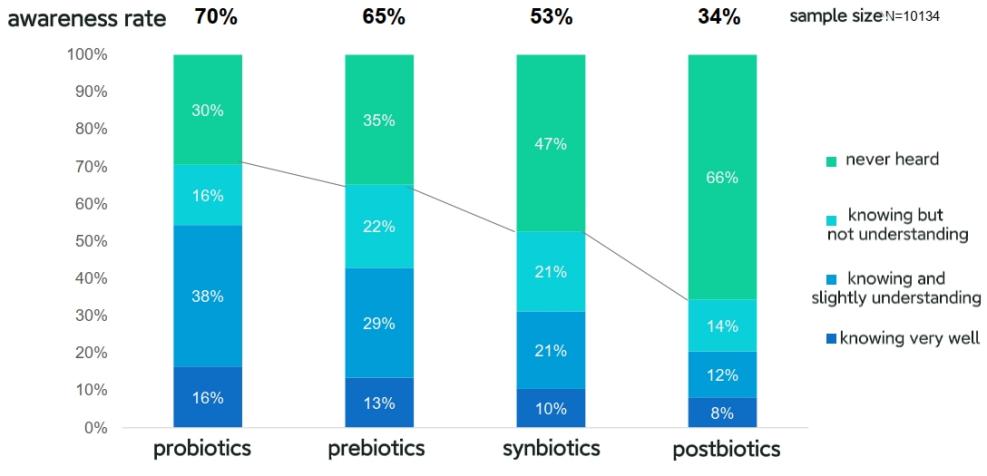
(Image from: CNS website)
01. Probiotics: the “living” microorganisms
Probiotics refer to living microorganisms that have benefits for humans when ingested in sufficient quantities. But what needs to be noted is that the so-called “probiotics” are required to be living microorganisms and must be safe for humans.
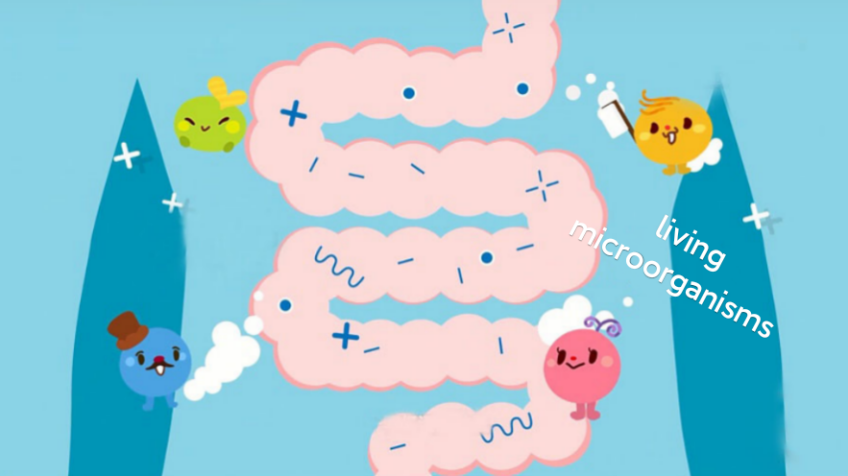
(Image from: Internet)
Common probiotics include:
- Lactobacillus acidophilus,
- Lactobacillus rhamnosus,
- Bifidobacterium animalis, and
- Streptococcus thermophilus.
When active probiotics are added to food, the viable counts shall not be less than 106 colony-forming unit per milliliter (gram) (cfu/mL(g)) during its shelf life. Although not currently mandated, it is easy to find that common probiotic food regulations including those for probiotic health foods, beverages, and fermented milk in China, are set above the requirements.
At present, only the strains included in the following lists can be used for food in China:
① List of strains that can be used in food;
② List of strains that can be used for infants and children.
Although the strains in the above lists [can be found in the links at the bottom of the article] are allowed to be used in corresponding fields, further evaluations are needed to verify whether all the strains can serve as probiotics.
02. Prebiotics: the “food” for probiotics
Prebiotics refer to a substrate that is selectively utilized by host microorganisms conferring a health benefit. Simply put, prebiotics are “food” for probiotics, which cannot be digested and absorbed by the human body, but can be selectively used by microorganisms in the gut to improve health.
There are many types of prebiotics permitted for use in China, for example:
- inulin,
- oligofructose,
- oligogalactose,
- oligosaccharide,
- oligomeric isomaltose,
- soybean oligosaccharide, and
- resistant dextrin.
What can prebiotics do for health? The Expert Consensus on Prebiotics and Health of the Chinese Nutrition Society states that the health benefits of prebiotics include but are not limited to:
1. enhancing flora balance;
2. improving gastrointestinal conditions;
3. supporting the immune system;
4. regulating weight; and
5. regulating blood sugar.
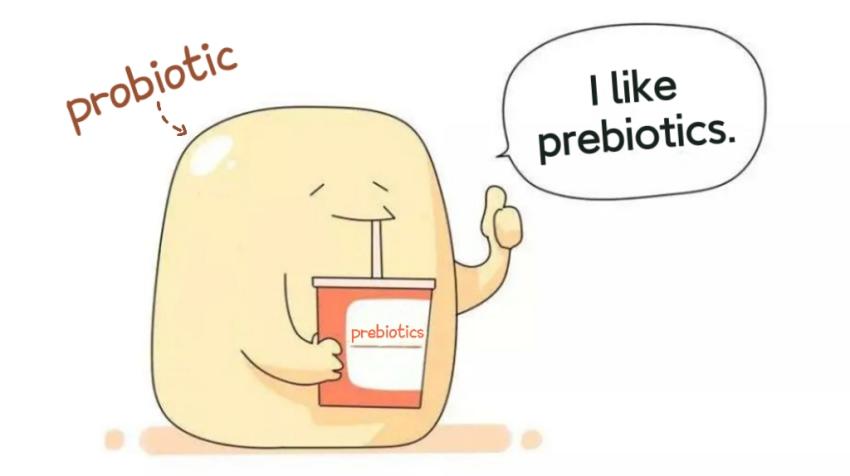
(Image from: Internet)
03. Synbiotics: a mixture of “probiotics” and “prebiotics”
When first proposed, the synbiotic referred to a combination of a probiotic and a prebiotic. In 2019, the International Scientific Association for Probiotics and Prebiotics (ISAPP) proposed a new definition of synbiotics: a mixture comprising of live microorganisms and substrate(s) selectively utilized by host microorganisms that confers a health benefit on the host. In other words, synbiotics are not simply “probiotic + prebiotic” combinations any more, but also “live microorganisms + selectively utilized substrates” products which may not meet the definition of probiotics and prebiotics, but can be beneficial to health.
Synbiotics play the dual role of probiotics and prebiotics with a better effect. It has gradually become a hotspot of research in the fields of microbiology, food science as well as nutrition, and has great potential for application in functional food ingredients and other industries.
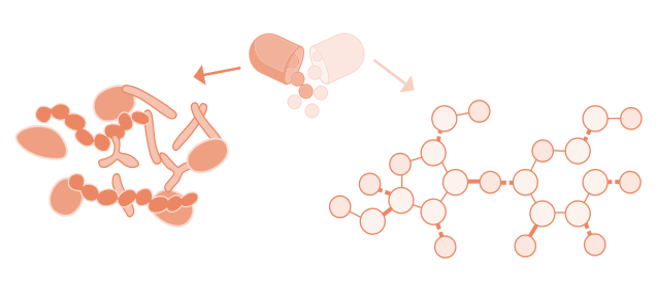
(Image from: ISAPP)
04. Postbiotics: “dead” strains and their metabolites
With a deeper insight into the relationship between probiotics and human health, scientists found that not only the “live strains”, but some inactivated strains, components, and their metabolites can also be beneficial for humans. Therefore, the term “postbiotics” was put forward and has attracted great concern from the industry in recent years.
Considering that postbiotics is an emerging term and lacks an official definition, the explanation of postbiotic from the consensus statement issued by ISAPP in 2021 was adopted that postbiotic is a preparation of inanimate microorganisms and/or their components that confers a health benefit on the host.
Current research has found that postbiotics can be applied for immunological regulating, antioxidant, allergy improving, gastrointestinal function regulating, and anti-inflammatory effects. However, the compliance and industrialization of postbiotics, as a newcomer, needs to be further advanced because there is not yet a regulatory standard for postbiotics and related products in China or in other countries.
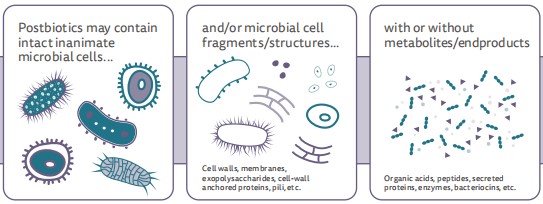
(Image from: ISAPP)
Appendix:
①List of strains that can be used in food;
② List of strains that can be used in infants and children
If you need any assistance or have any questions, please get in touch with us via service@cirs-group.com.

